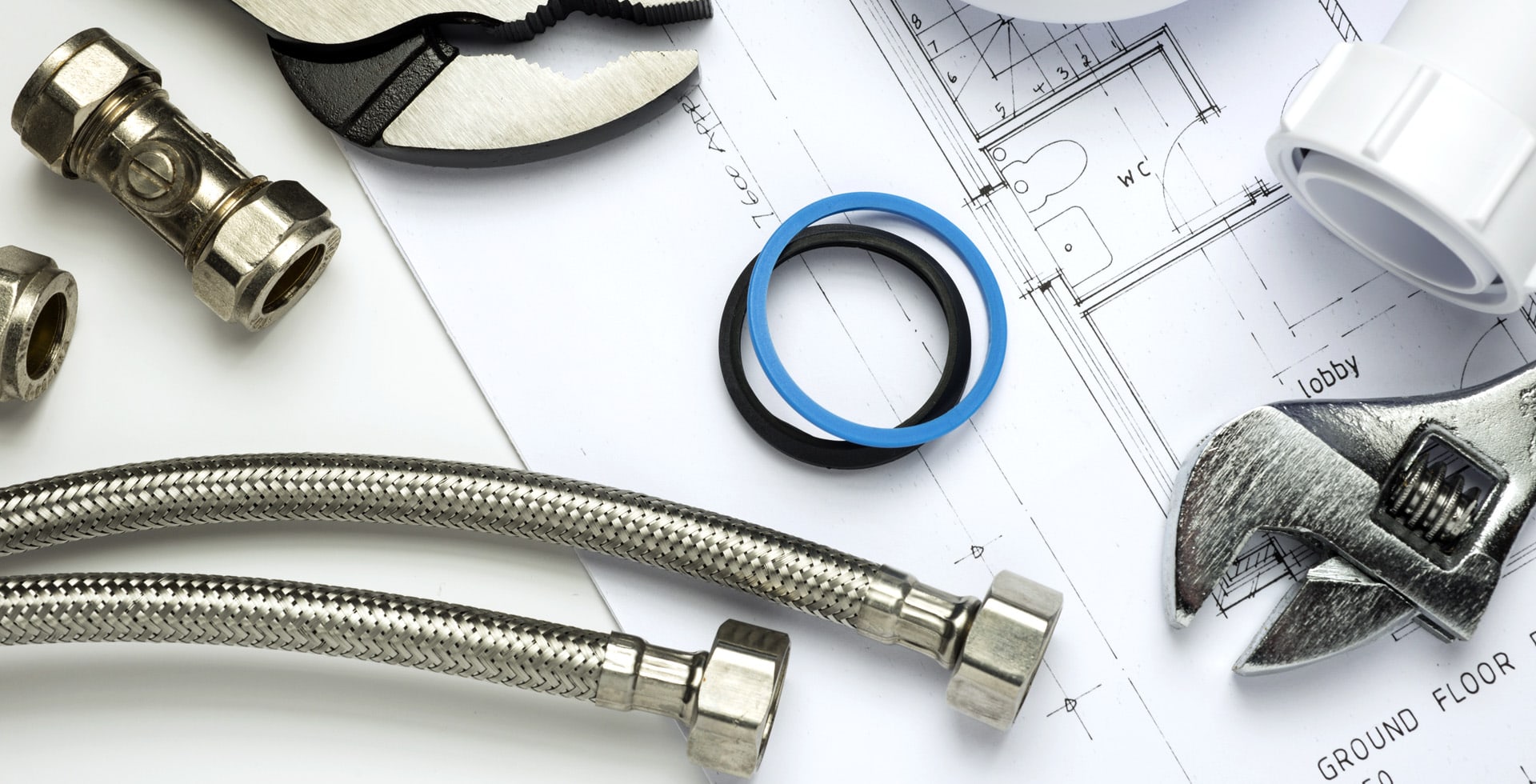“`html
What to Expect When Changing Your Home Locks
Changing your home locks can be a crucial step in enhancing your security and ensuring peace of mind. Whether you’ve recently moved into a new home, lost a key, or simply wish to upgrade your security, understanding the process and what to expect is essential. This comprehensive guide will walk you through everything you need to know about changing your home locks.
Why Change Your Home Locks?
There are several reasons why homeowners choose to change their locks:
- Moving into a New Home: Previous owners may still have keys.
- Lost Keys: A lost or stolen key poses a potential security risk.
- Upgrading Security: Older locks may not provide adequate security.
- After a Break-In: Enhancing security after an attempted burglary is crucial.
- Routine Maintenance: Regularly changing locks can prevent wear and tear.
Types of Locks to Consider
When changing your home locks, you have different options to consider:
- Deadbolts: Provide extra security compared to standard locks.
- Smart Locks: Allow access through codes or mobile apps.
- Knob Locks: Commonly used but less secure on their own.
- Mortise Locks: Offer robust locking mechanisms, ideal for exterior doors.
- Lever Handle Locks: Typically used on interior doors for ease of access.
Preparing for the Lock Change
Before changing your locks, consider the following steps to ensure a smooth process:
- Assess Your Needs: Determine which locks need to be changed and what type of lock will work best for your home.
- Gather Tools: Depending on the lock type, you may need a screwdriver, an adjustable wrench, and a drill.
- Research Local Locksmiths: If you’re unsure about changing the locks yourself, look for a reputable locksmith in your area.
Changing Your Locks: Step-by-Step
If you choose to replace the locks yourself, follow these steps:
1. Remove the Existing Lock
To remove your existing lock, do the following:
- Use a screwdriver to unscrew the screws on the interior side of the lock.
- Pull the interior knob or lever off.
- Remove the exterior knob or plate by pulling it away from the door.
- Take out the bolt from the door edge.
2. Prepare the New Lock
Once the old lock is removed, prepare your new lock:
- Read the manufacturer’s instructions carefully.
- Ensure that the new lock fits the existing hole or consider drilling a new hole if needed.
3. Install the New Lock
To install the new lock:
- Insert the new bolt into the door edge.
- Attach the exterior knob or plate first, ensuring it aligns with the bolt.
- Secure the interior knob or lever by placing it onto the bolt and screwing it into place.
- Test the lock multiple times to ensure proper function.
Consider Professional Help
If the process seems too complex or if you’re dealing with specialty locks, hiring a professional locksmith may be the best choice. Here are some benefits to consider:
- Expertise: Locksmiths are trained to handle various lock systems.
- Efficiency: They can quickly replace or repair locks in no time.
- Security Advice: A professional can recommend the best locking systems for your home.
What to Do After Changing Your Locks
After successfully changing your locks, consider these additional steps:
- Test Each Lock: Ensure that all locks function smoothly.
- Create Spare Keys: Make duplicates of your new keys for family members or trusted friends.
- Change Entry Codes: If you installed a smart lock, update the codes periodically.
- Secure Key Storage: Store spare keys in a safe location or consider using a lockbox.
Cost Considerations
The cost of changing your locks can vary based on several factors:
- Type of Lock: Smart locks are generally more expensive than traditional locks.
- Labor Costs: Hiring a locksmith will add to your overall expenses.
- Quantity of Locks: The more locks you change, the higher the total cost will be.
Conclusion
Changing your home locks is an important security measure that can offer peace of mind. Whether you choose to do it yourself or hire a professional locksmith, understanding the process can help you feel more confident in your decision. Remember to assess your needs, choose the right type of locks, and consider the cost involved. By taking these steps, you’ll not only enhance your home’s security but also contribute to a safer living environment.
“`

